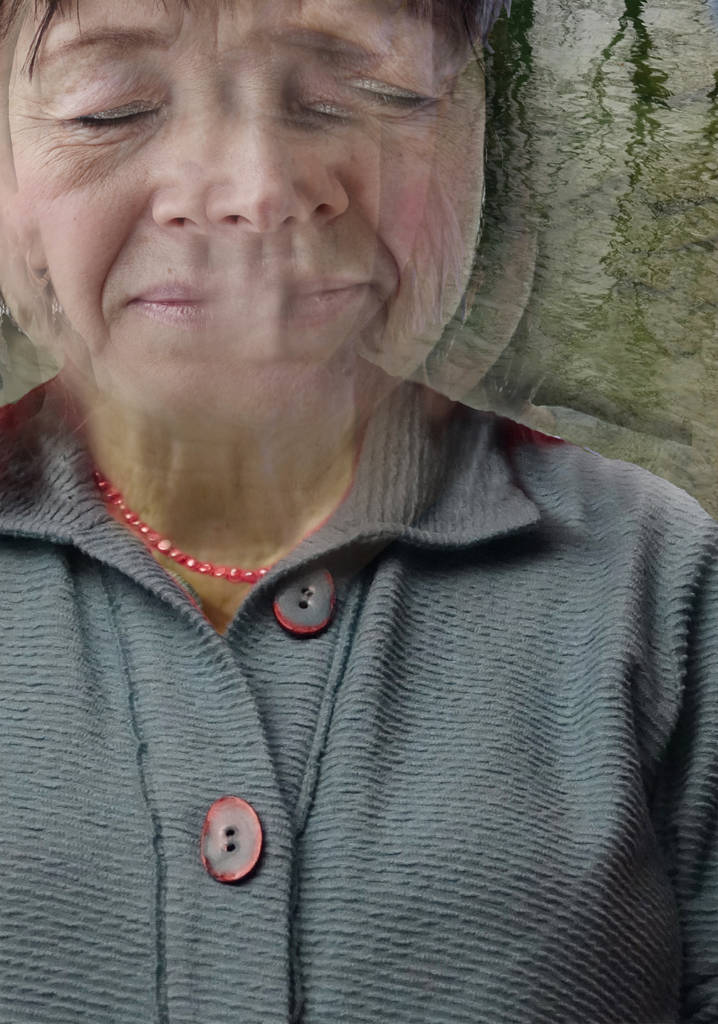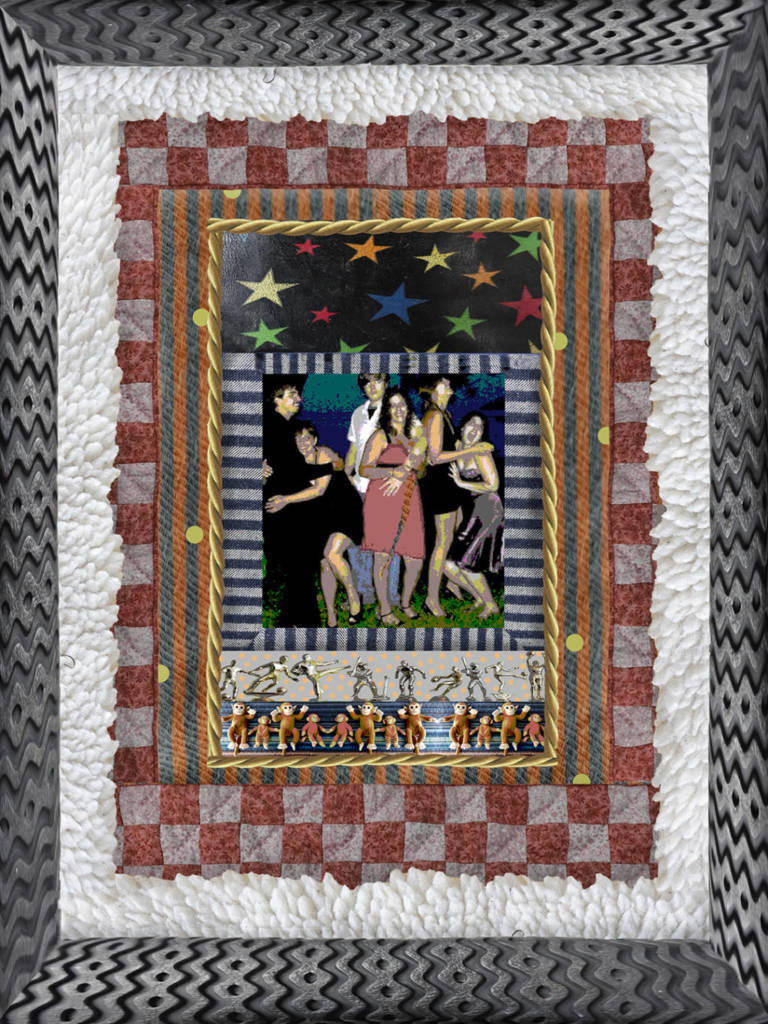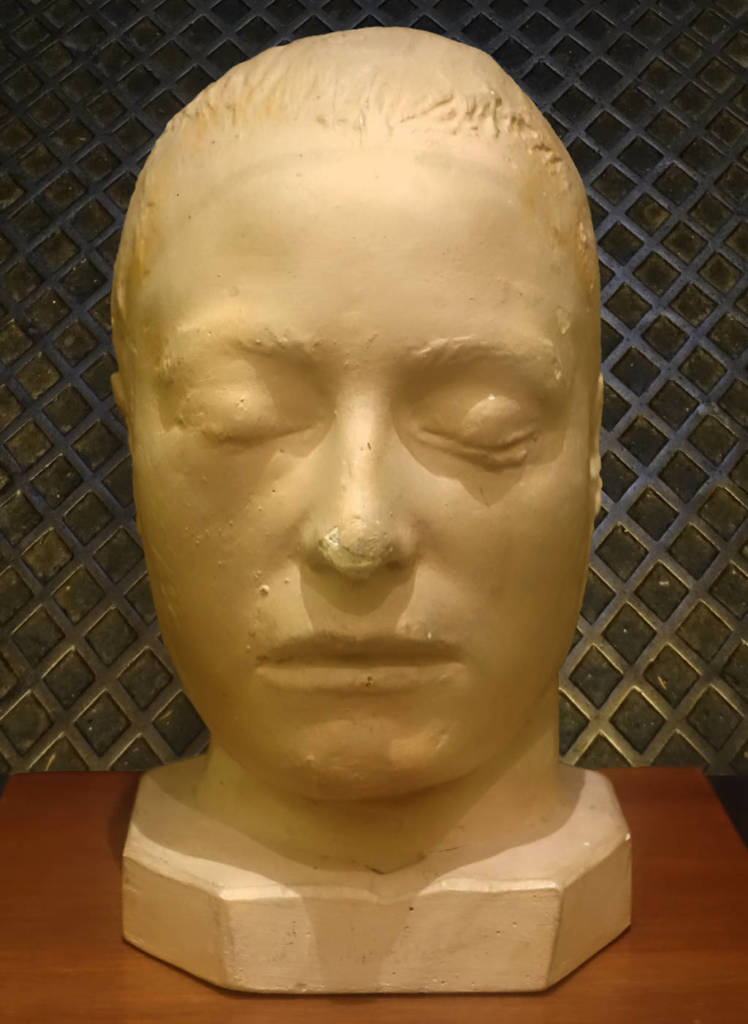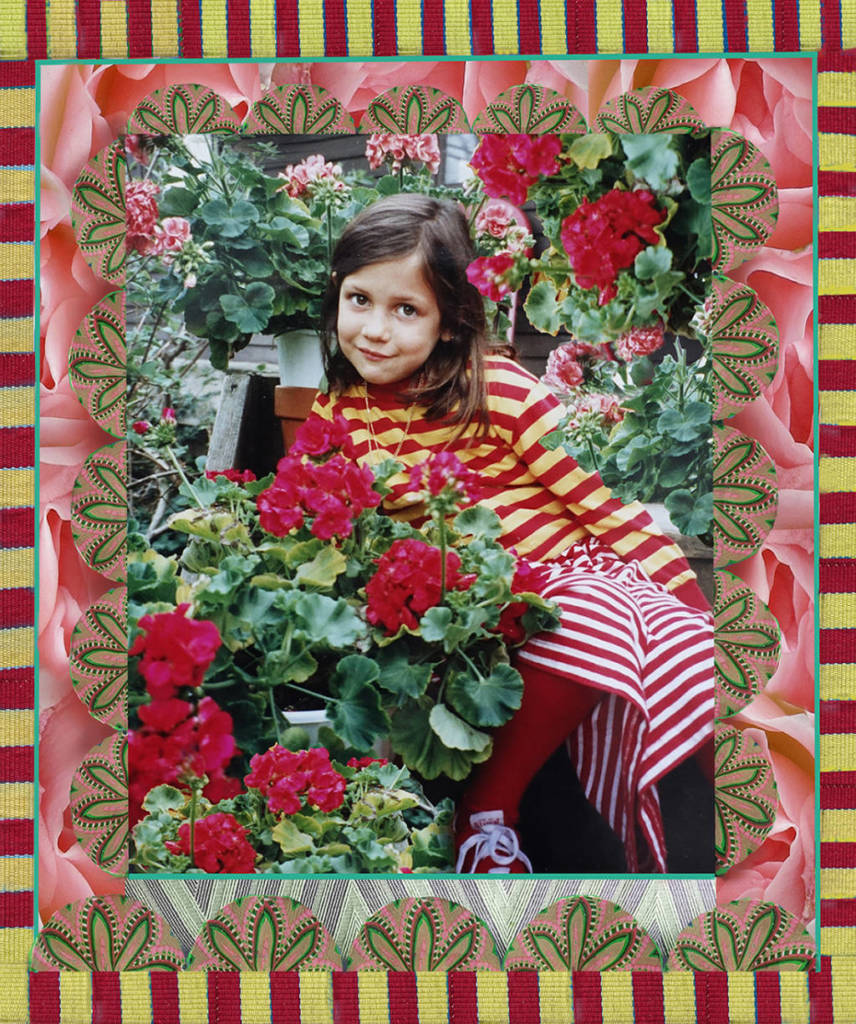 “I felt unseen. And unknown,” the person I was interviewing said. I think I gulped then. And looked up from my notes into eyes that were the color of my own. This was my first interview for a new project, People and Their Stories. I knew it was not going to be easy. Getting close to people was never easy for me. And now I’d be photographing them and asking about their life-defining moments. To share on Facebook and other social media sites where I work hard to be seen and known.
“I felt unseen. And unknown,” the person I was interviewing said. I think I gulped then. And looked up from my notes into eyes that were the color of my own. This was my first interview for a new project, People and Their Stories. I knew it was not going to be easy. Getting close to people was never easy for me. And now I’d be photographing them and asking about their life-defining moments. To share on Facebook and other social media sites where I work hard to be seen and known.
To protect the privacy of my subjects, I will obscure their identifying features and information. Keeping identities hidden in the stories is easy. Stories are universal. Your story might be my story. Or it might be the opposite of my story. Or, you may know a dozen people who could report the same history. But, a portrait – can there really be such a thing as an anonymous portrait? This will be another challenge.
Rebekah’s Story: The name Rebekah means to tie, to bind and secure. But when my friend Rebekah was born, her mother was unconscious for the very first hour of her life. Their bonding was not secure. Like all babies, Rebekah looked into her mother’s face for the smile that would tell her she was lovable and loved. She waited for the cooing and soft touch that let an infant know she is safe and wanted. But Rebekah’s mother could not show love. Rebekah the infant, the developing toddler, the growing girl, the teenager, and the young woman grew up feeling unseen and unknown. Unloved. Rebekah the adult had learned again and again, over her lifetime, that she was insignificant, that her feelings and needs didn’t matter. Eventually, not having a voice and not being seen became her expectations. And being invisible came to mean being safe. If no one noticed her, maybe no one could hurt her.
What did you lose and what did you find? This is the main question I ask my subjects. Then I photograph them and Photoshop the portrait to make their identity unknowable. I try to conceal them. But my first person is already a ghost, wandering mouth-less in search of who she might be. Looking for her reflection, she is bent over a turbulent river with eyes shut tight.
What did you lose and what did you find? Can a portrait be anonymous?


